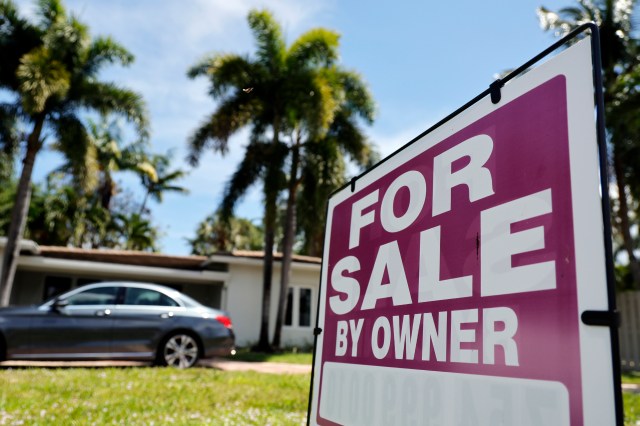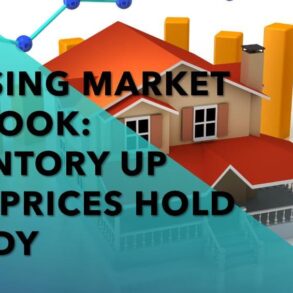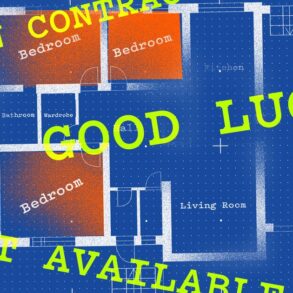South Florida’s housing market, like many others across the United States, is plagued by persistently high home costs, so much so that renting may be slightly advantageous.
But based on data in new market reports, real estate experts expect the housing market may experience a correction, which is when home prices may experience a decline, typically after a period of growth.
“The correction could literally be just the appreciation rate will slow significantly,” said Ken H. Johnson, a real estate economist at FAU’s College of Business.
He added: “I absolutely think we’re going to see prices’ appreciation slow down, maybe even go a little negative for a year or two.”
Appreciation is essentially how much the average home price increased from the previous year’s average price to the following year’s average price.
In March, the average home price of a home in the Miami-metropolitan area, which includes Miami-Dade, Broward and Palm Beach Counties, was $486,817, which is nearly 35% more than where the price should be, at $316,307, according to new data in the FAU Top 100 Housing Markets.
And according to the March market report from the Broward, Palm Beaches and St. Lucie Realtors, median sale prices for single-family homes, townhouses and condominiums in both Broward and Palm Beach counties is up.
“There’s some sort of huge imbalance in supply relative to demand,” Johnson said.
The reports indicate housing inventory, though, is on the rise, as it was last month, which means buyers typically have more options to choose from, but it’s still not nearly enough to offset the surge of people moving to the area and the demand that generates.

“The market for the single-family home market is just robust,” said David Serle, the Broward, Palm Beaches & St. Lucie Realtors’ president. “You’re seeing a significant increase in the amount of people coming here, and businesses are moving here.”
No evidence of a ‘massive crash’
So if prices are continuing to rise above where they should be, why do real estate experts believe a correction rather than a crash is impending?
One reason is tighter lending practices and increased regulations, Johnson said.
In the lead up to the 2007 housing market crash, banks “were making loans to just about anybody that applied,” he said. “People called them liar loans, where you went down and just said, ‘Yeah, I have a job,’ and there was no income verification.”
A major oversupply of units also marred the market, Johnson said, which led to the catastrophic bursting of the housing bubble.
One measure of supply the Broward, Palm Beaches & St. Lucie Realtors employ is ‘Months Supply of Inventory,’ which is how many months it would take for an area to have “zero inventory” if no new listings were added, Serle said.
In Broward and Palm Beach counties, the months-supply-of-inventory for townhouses and condos is about seven months while only about four months for single family homes. This means if no new single-family homes were listed for sale, each county would have about four months until there would be no single-family homes available.
During the 2007 housing crash, Palm Beach County’s months-supply was about 14 months, Serle said, far higher than it should have been.
“Unless something catastrophic happens, we don’t anticipate anywhere near that,” he said.
What to expect
For now, renting may still be slightly more advantageous than buying, but Johnson cautions people to reinvest any remaining money to get the full benefit.
People will likely also bring in more roommates, Johnson said, while income slowly starts to catch up with the cost of rent and homeownership, a process he likened to “letting the air out of a balloon slowly.”
“You don’t want it to pop,” he said. “We don’t want to repeat that again.”









